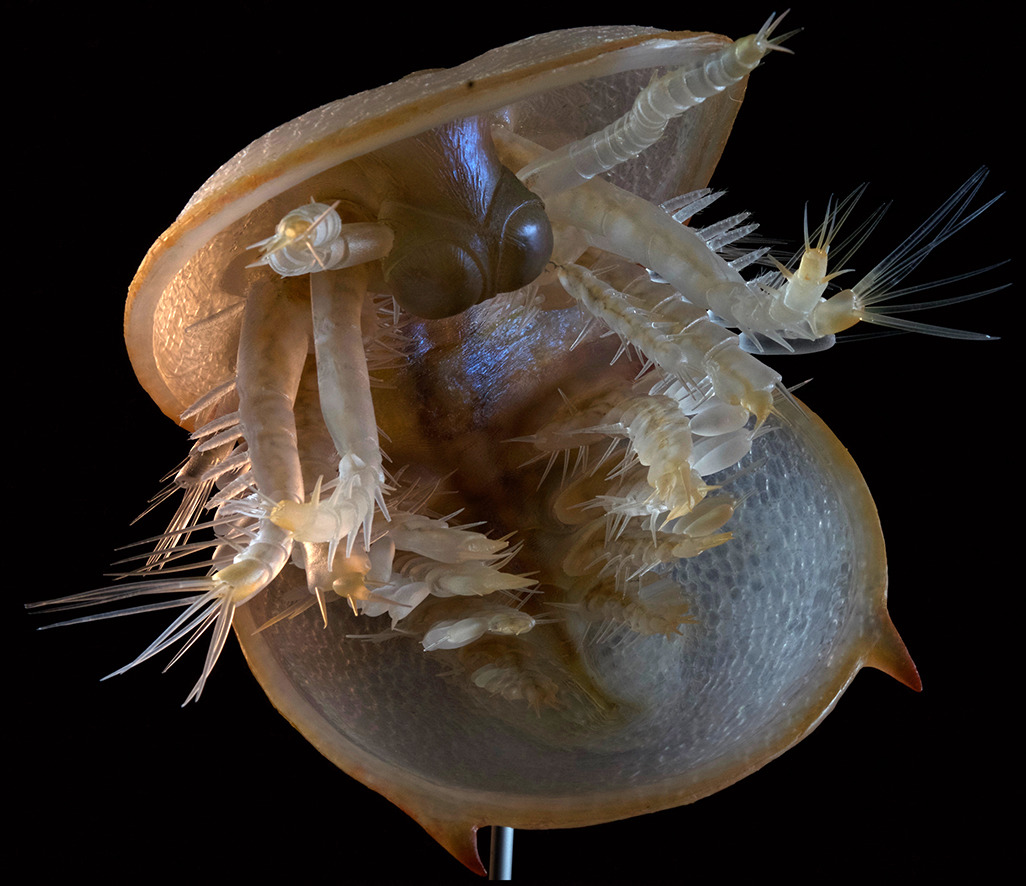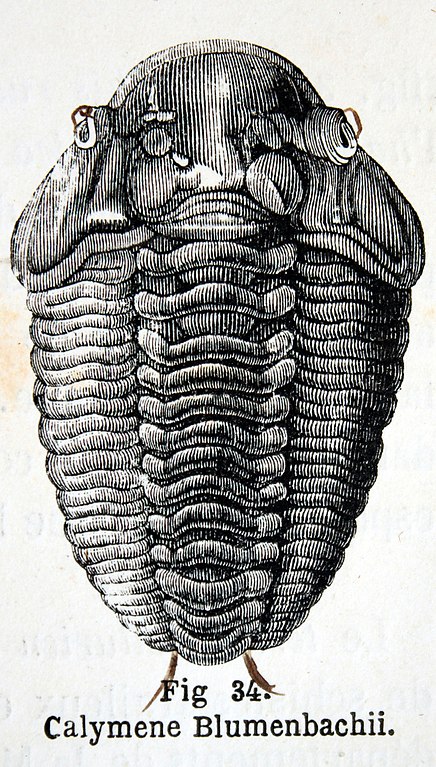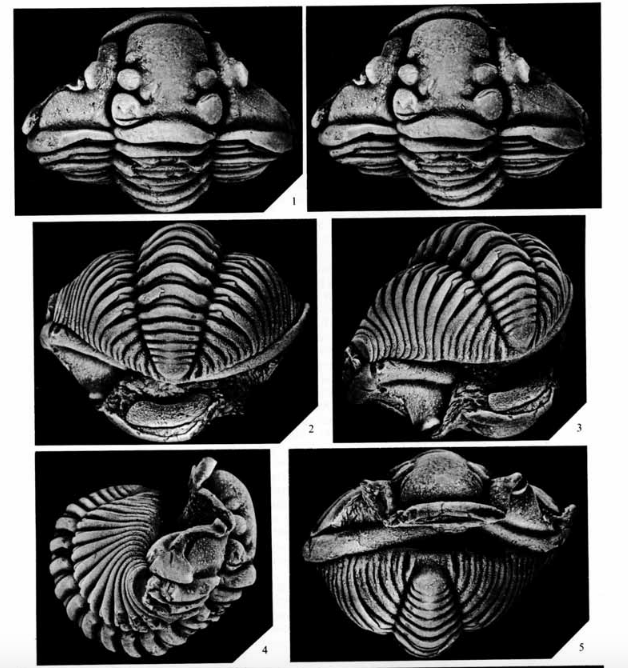It& #39;s Tuesday, it& #39;s trilobites, it& #39;s #TrilobiteTuesday at #Fossilympics20, it must be time for the #Triarthlon!
Whether burrowing, crawling, or swimming is your strength, as long as you& #39;ve got three lobes you& #39;re in the medal hunt.
Whether burrowing, crawling, or swimming is your strength, as long as you& #39;ve got three lobes you& #39;re in the medal hunt.
Agnostus pisiformis, representing Baltica, is our first #Triarthlon challenger. As Mats Eriksson & Esben Horn explain, this is a Cambrian pea-shaped enigma: https://www.sciencedirect.com/science/article/abs/pii/S0012825217301903.
Will">https://www.sciencedirect.com/science/a... it win a #Fossilympics20 medal? Can we say we& #39;re agnostic?
Will">https://www.sciencedirect.com/science/a... it win a #Fossilympics20 medal? Can we say we& #39;re agnostic?
The reconstruction of Agnostus pisiformis, shown above, was made by Esben Horn and the @10tonsDK team in 2016:
https://twitter.com/10tonsdk/status/793369925490466816?lang=en
https://twitter.com/10tonsdk/... href="https://twtext.com//hashtag/TrilobiteTuesday"> #TrilobiteTuesday #Triarthlon #Fossilympics20
https://twitter.com/10tonsdk/status/793369925490466816?lang=en
Our second #Triarthlon entrant at #Fossilympics20 is the pride of the Black Country, and Avalonia. It& #39;s the Dudley Bug, Calymene blumenbachii!
You can see it in its natural habitat at the Black Country UNESCO Geopark, or admire it in the Lapworth Museum: https://www.expressandstar.com/entertainment/2016/06/22/dudley-bug-in-pride-of-place-at-museum/.">https://www.expressandstar.com/entertain...
You can see it in its natural habitat at the Black Country UNESCO Geopark, or admire it in the Lapworth Museum: https://www.expressandstar.com/entertainment/2016/06/22/dudley-bug-in-pride-of-place-at-museum/.">https://www.expressandstar.com/entertain...
But as Black Country lad Derek Siveter (then of @GeologyHull, now of @morethanadodo) explains in this #Palaeontology article, the Dudley Bug typically resides in Paris: https://www.palass.org/sites/default/files/media/publications/palaeontology/volume_28/vol28_part4_pp783-792.pdf!
https://www.palass.org/sites/def... href="https://twtext.com//hashtag/Triarthlon"> #Triarthlon #Fossilympics20 #TrilobiteTuesday
Our third triarthlete is Olenellus thompsoni, from the Cambrian of Laurentia: https://www.si.edu/object/nmnhpaleobiology_3586539.
The">https://www.si.edu/object/nm... specimen figured below is from Pennsylvania, and resides in the Smithsonian.
#Triarthlon #Fossilympics20
The">https://www.si.edu/object/nm... specimen figured below is from Pennsylvania, and resides in the Smithsonian.
#Triarthlon #Fossilympics20
New research on specimens in the Smithsonian (Bicknell & Pates 2020: https://www.ncbi.nlm.nih.gov/pmc/articles/PMC7003707/)">https://www.ncbi.nlm.nih.gov/pmc/artic... indicates that Olenellus thompsoni recovered well from injury, which bodes well for its chances in the #Fossilympics20 #Triarthlon.
#TrilobiteTuesday
#TrilobiteTuesday
Our fourth and final competitor in the #Fossilympics20 #Triarthlon is Paradoxides davidis, from the Cambrian of south-west Wales (and south-east Newfoundland).
If you& #39;ve not read John Salter& #39;s (1863) paper on its discovery, you really must: https://jgs.lyellcollection.org/content/jgsleg/19/1-2/274.full.pdf!">https://jgs.lyellcollection.org/content/j...
If you& #39;ve not read John Salter& #39;s (1863) paper on its discovery, you really must: https://jgs.lyellcollection.org/content/jgsleg/19/1-2/274.full.pdf!">https://jgs.lyellcollection.org/content/j...
Paradoxides was crucial to the recognition that the present-day Atlantic Ocean had a precursor, and of the microcontinent #Avalonia: https://www.amnh.org/research/paleontology/collections/fossil-invertebrate-collection/trilobite-website/the-trilobite-files/the-paradoxides-paradox-plate-tectonics-and-continental-drift2.
It">https://www.amnh.org/research/... is also Wales& #39; national fossil: https://museum.wales/articles/2007-07-26/International-fame-for-Waless-National-Fossil/!">https://museum.wales/articles/...
It">https://www.amnh.org/research/... is also Wales& #39; national fossil: https://museum.wales/articles/2007-07-26/International-fame-for-Waless-National-Fossil/!">https://museum.wales/articles/...
How anyone& #39;s going to choose between these four fabulous fossils, we couldn& #39;t say, but throw your fossil facts our way on #TrilobiteTuesday and see if you can swing the #Triarthlon vote!
#Fossilympics20
#Fossilympics20
As @FossilRod illustrates, Paradoxides davidis occurs splendidly in Newfoundland as well as Wales: https://twitter.com/FossilRod/status/1293175432720809984.
But">https://twitter.com/FossilRod... which way will you vote in the #Fossilympics20 #Triarthlon this #TrilobiteTuesday?
But">https://twitter.com/FossilRod... which way will you vote in the #Fossilympics20 #Triarthlon this #TrilobiteTuesday?
And rather neatly, you can find one of our other #Triarthlon competitors on the other side of Newfoundland, indicating that western edge of the province is Laurentian whilst the eastern side is Avalonian: https://twitter.com/geoillogicalguy/status/902598494191570945">https://twitter.com/geoillogi...

 Read on Twitter
Read on Twitter

 #Triarthlon #Fossilympics20 #TrilobiteTuesday" title="But as Black Country lad Derek Siveter (then of @GeologyHull, now of @morethanadodo) explains in this #Palaeontology article, the Dudley Bug typically resides in Paris: https://www.palass.org/sites/def... href="https://twtext.com//hashtag/Triarthlon"> #Triarthlon #Fossilympics20 #TrilobiteTuesday" class="img-responsive" style="max-width:100%;"/>
#Triarthlon #Fossilympics20 #TrilobiteTuesday" title="But as Black Country lad Derek Siveter (then of @GeologyHull, now of @morethanadodo) explains in this #Palaeontology article, the Dudley Bug typically resides in Paris: https://www.palass.org/sites/def... href="https://twtext.com//hashtag/Triarthlon"> #Triarthlon #Fossilympics20 #TrilobiteTuesday" class="img-responsive" style="max-width:100%;"/>






